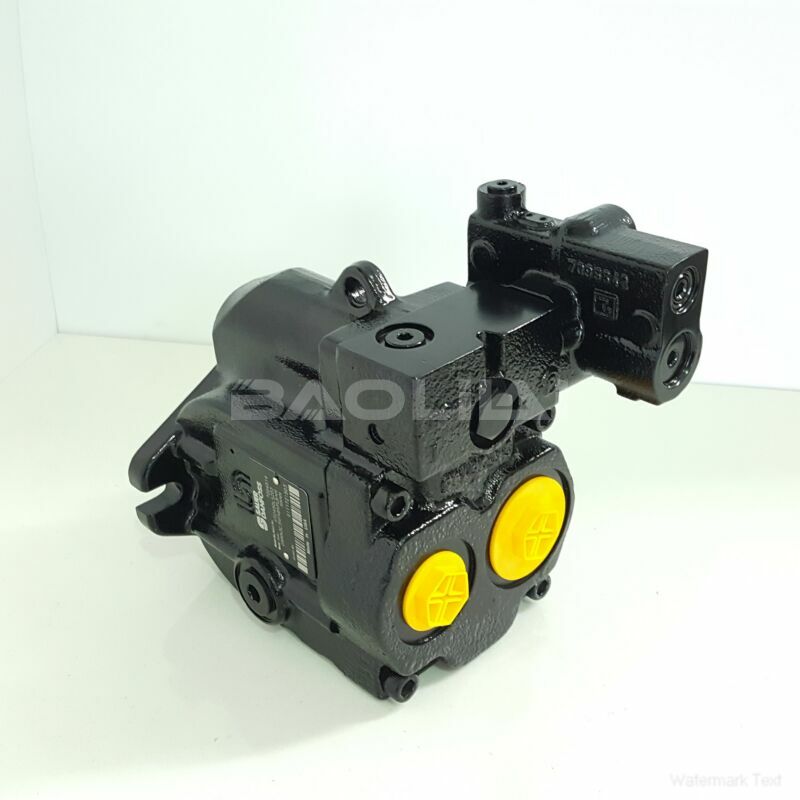KRR045DLS1420NNN3C2NPA6NKNBNNNNNN sauer danfoss pump
KRR045DLS1420NNN3C2NPA6NKNBNNNNNN sauer danfoss pump

- Product Details
- Applicable Scene
The advancement of atmospheric and oceanographic measurement technologies plays a crucial role in understanding our planet’s climate system, weather patterns, and marine ecosystems. One of the pivotal components in many of these devices is the hydraulic oil pump. Designing efficient and reliable hydraulic oil pumps tailored for these applications involves a delicate balance of engineering principles, material selection, and environmental considerations.
KR-R-045D-LS-14-20-NN-N-3-C2NP-A6N-KNB-NNN-NNN
KRR045DLS1420NNN3C2NPA6NKNBNNNNNN
Hydraulic oil pumps are vital in various measurement devices, providing the necessary pressure for operating sensors, actuators, and other components. In atmospheric and oceanographic contexts, these pumps face unique challenges, including exposure to harsh environmental conditions, varying temperatures, and corrosive elements. Therefore, the design process must prioritize durability, efficiency, and functionality.

83028335
First and foremost, material selection is fundamental in the design phase. Pumps need to withstand the corrosive properties of seawater and the varying temperatures encountered in atmospheric and oceanographic conditions. Materials such as stainless steel, high-density polyethylene (HDPE), and specialized coatings can be utilized to enhance resistance against corrosion and mechanical wear. Additionally, using materials that can withstand pressure fluctuations is vital in maintaining pump integrity during operation.
Efficiency is another critical aspect of hydraulic pump design. In the context of energy consumption and environmental sustainability, it is essential to minimize energy loss during operation. This can be achieved through the use of advanced hydraulic designs, such as variable displacement pumps or gear pumps with optimized vanes. Furthermore, controlling the flow rate and pressure through smart control systems can enhance operational efficiency, prolonging the lifecycle of the pump and reducing energy costs.
The design must also account for the specific functionalities required by the measurement devices. For example, some devices may require precise flow control, while others demand rapid response times. Engineers must take into consideration the operational parameters such as the required flow rate, pressure levels, and duty cycles. Conducting thorough simulations and performance testing during the design phase can help identify potential inefficiencies and allow for adjustments before full-scale production.
Additionally, noise and vibration management is essential in the design of hydraulic oil pumps used in sensitive measurement devices. Excessive noise can interfere with data collection, so incorporating damping materials and designing pump housings that minimize vibration can enhance the overall performance of the measurement devices.





